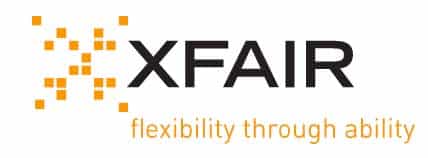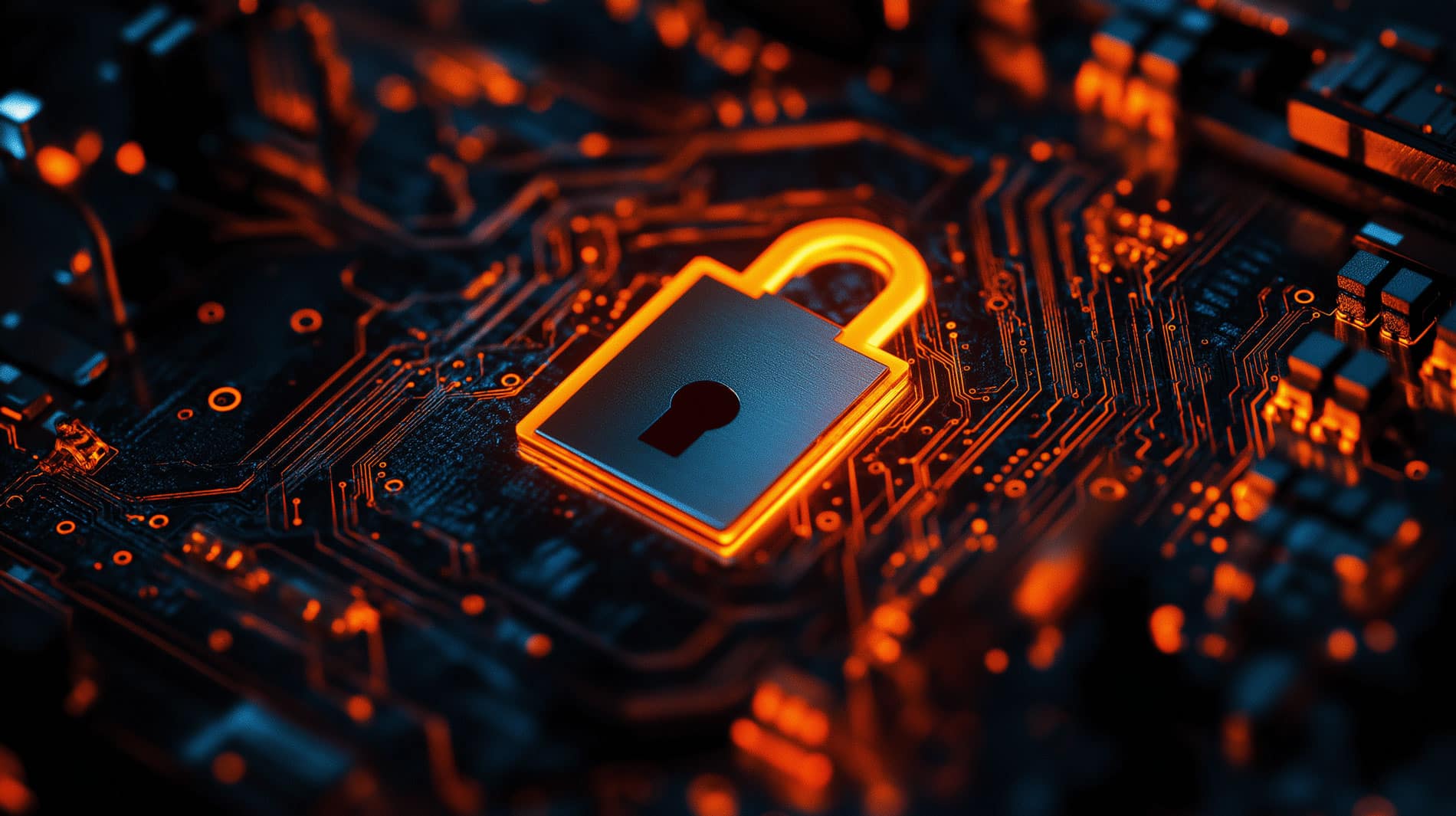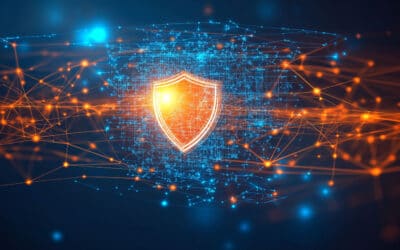What measures does XFAIR take to ensure that these risks are kept as low as possible?
XFAIR recognised very early on that various guidelines, specifications and processes were needed to ensure a certain level of IT security. Here, the three terms that actually come more from the area of data security (GDPR) – availability, integrity and confidentiality – must be ensured. Of course, there is initially a risk of data loss or a leak, meaning personal data ending up somewhere outside the company. Of course, losses in the sense of accidental deletion are also a possibility. This is why there is a wide range of technical and organisational measures (TOMs): from the simplest back-up strategies to security and access concepts to the purchase of services from external partners for security measures.
However, human error remains the greatest risk factor. The most important measure here: Training, training, training. Sensitisation is a top priority. At some point, we realised that a simple ISMS (information security management system) is not enough, as our customers want a higher standard or proof. That’s why we opted for ISO certification in accordance with 27001, which we then implemented in 2022, or rather, had certified in order to be able to demonstrate a certain level of information security. That doesn’t mean that we didn’t already have this requirement, but since the certification, we have official proof.
The ISO certificate is initially valid for three years. This initial certification is followed by two surveillance audits, in which it is checked again whether everything is working and that everything we have claimed is being implemented. From the third year onwards, there is the so-called re-certification, which is more or less like an initial audit, in which you have to prove that you are up to date, have developed further and are at the cutting edge of technology.






